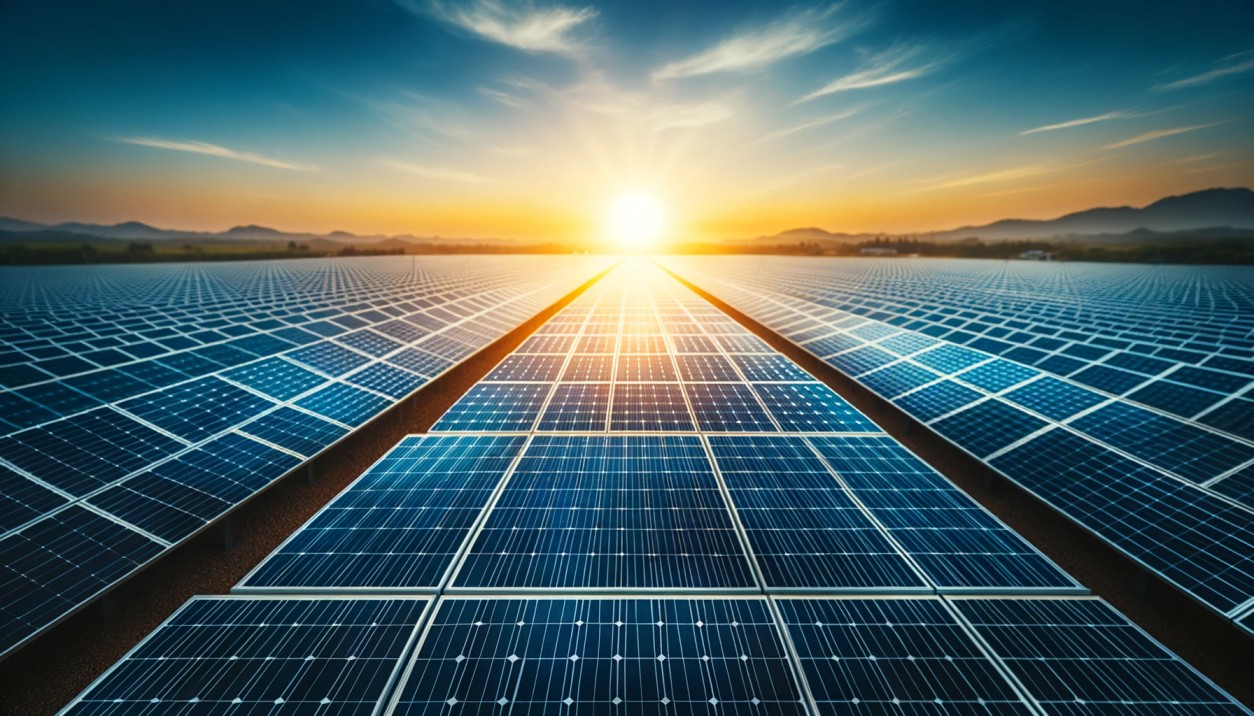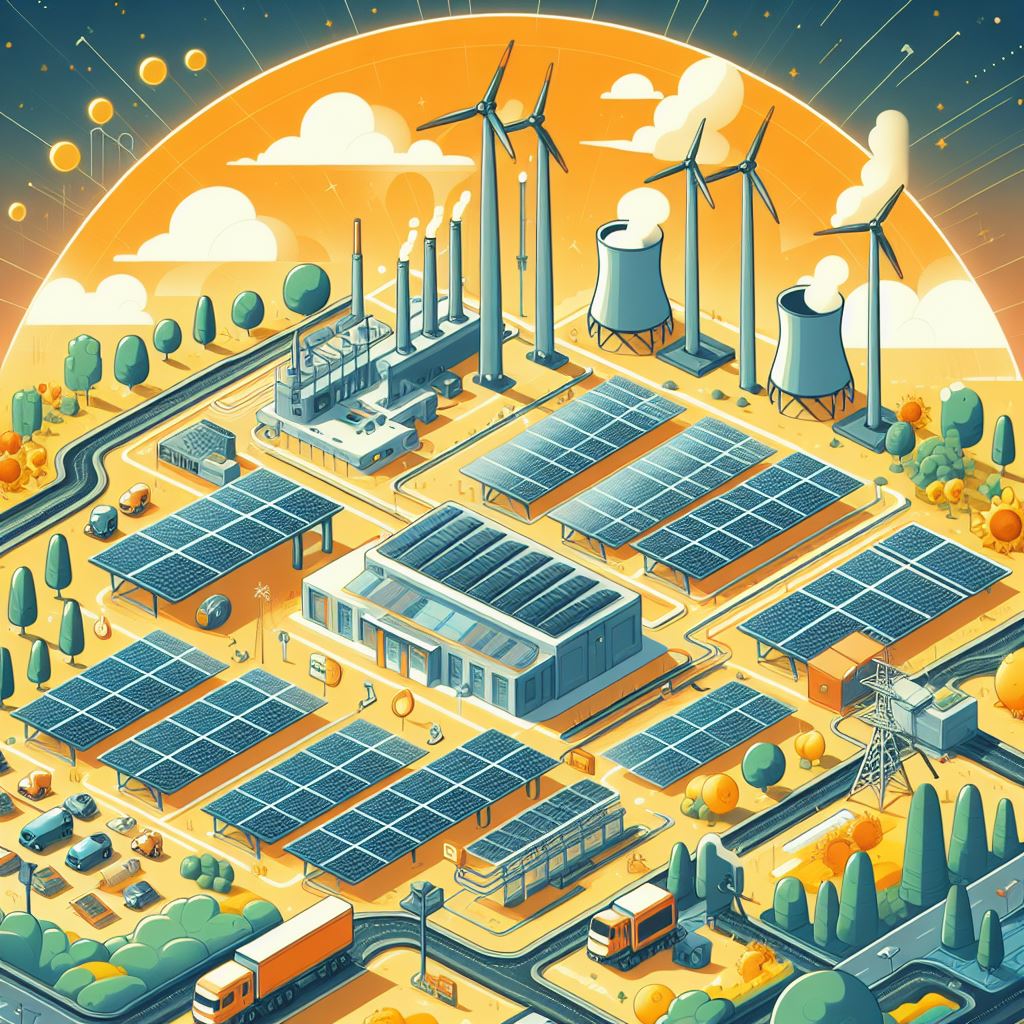Have you ever wondered how switching to solar energy could not only save our planet but also save money in your pocket? Welcome to the world of residential solar systems, a step into a greener and more cost-effective future. This isn’t just about being eco-friendly; it’s also about making a smart financial choice.
Introduction
In this comprehensive guide on choosing the cost-effective residential solar system, we’ll dive into the nitty-gritty of solar power for your home. We’ll explore the substantial benefits, both environmental and financial, and unveil the secrets to finding affordable yet efficient solar solutions. Whether you’re a seasoned solar enthusiast or new to the concept, this guide is designed to simplify the complex world of solar energy into easy-to-understand information. So, let’s embark on this enlightening journey together and discover how solar power can light up your life in more ways than one.
The Benefits of Residential Solar Systems
Imagine a power source that’s not only kind to your wallet but also to the planet. This is the reality of residential solar systems. The first and most profound benefit is environmental. By harnessing the sun’s energy, solar panels significantly reduce greenhouse gas emissions, contributing to a healthier planet. It’s a direct action against climate change, something we all can take part in.
Financially, solar panels are a game-changer. Initially, they might seem like a big investment, but the long-term savings are remarkable. Think about this: once installed, solar panels drastically reduce your monthly electricity bills. Over time, they pay for themselves and continue saving you money for years to come. Moreover, solar-powered homes often see an increase in property value.
But there’s more. The U.S. government offers various incentives for homeowners who choose solar energy, including tax credits and rebates. These incentives can significantly lower the initial cost of installation, making solar energy an even more attractive option.
In summary, residential solar systems are a win-win. They benefit the environment by reducing carbon emissions and benefit homeowners through cost savings and government incentives. Embracing solar energy is more than just a trend; it’s a smart, forward-thinking choice for a sustainable future.

Understanding the Basics of Solar Systems
Stepping into the world of solar energy might seem daunting, but it’s actually quite straightforward once you break it down. A residential solar system is essentially a mini power plant on your rooftop. It primarily consists of solar panels, an inverter, a battery system for storage, and a mounting structure.
Let’s start with solar panels, the stars of the show. These panels are made up of photovoltaic (PV) cells, which convert sunlight into electricity. This process is both silent and clean, producing zero emissions. There are three main types of solar panels: monocrystalline, polycrystalline, and thin-film. Monocrystalline panels, known for their efficiency and sleek look, are made from single-crystal silicon. Polycrystalline panels, slightly less efficient but more affordable, are made from multiple silicon crystals. Thin-film panels are the most lightweight and flexible, but they generally require more space.
Next up is the inverter. Think of it as the translator. It converts the direct current (DC) electricity generated by the panels into alternating current (AC) electricity, which is what powers your home.
Then there’s the battery system, an optional but increasingly popular addition. It stores excess energy for use when the sun isn’t shining, ensuring a continuous power supply.
Finally, the mounting structure securely holds the solar panels in place. It’s important for optimal alignment with the sun, maximizing energy production.
Understanding these components helps demystify solar systems. They work together seamlessly to harness the sun’s energy, providing a sustainable and cost-effective power solution for your home.
Finding Affordable Solar Panel Options: Cost-effective Residential Solar-Systems Guide
The quest for affordable solar panels doesn’t mean compromising on quality. With the right knowledge, you can find solar solutions that fit your budget and provide maximum efficiency. Here’s how to navigate the market:
First, compare different types of solar panels. Monocrystalline panels, while more efficient, are generally more expensive. Polycrystalline panels, on the other hand, offer a balance between efficiency and cost. For those with ample roof space, thin-film panels could be a cost-effective choice, despite their lower efficiency.
Next, research is key. Look for reputable brands that offer a good balance between cost and performance. Many companies now produce high-quality, affordable solar panels thanks to advancements in technology. Reading reviews and comparing specifications can help you make an informed decision.
Don’t overlook the importance of warranties and after-sales service. A longer warranty period might indicate better quality and reliability, which can save you money in the long run.
Finally, consider the total cost of ownership, not just the initial purchase price. A slightly more expensive panel that’s more efficient can lead to greater savings over time. Factor in potential energy production, durability, and maintenance costs.
By carefully evaluating your options, you can find solar panels that are both affordable and efficient, making your transition to solar energy both financially and environmentally sound.
Government Incentives and Tax Credits
Embracing solar energy is not only environmentally responsible but also financially rewarding, thanks to various government incentives and tax credits. In the U.S., homeowners who install solar panels can benefit significantly from federal tax credits. The Investment Tax Credit (ITC), for instance, allows you to deduct a substantial percentage of your solar installation costs from your federal taxes. This incentive alone can reduce the upfront cost of going solar by thousands of dollars.
Additionally, many states and local governments offer their own incentives, like rebates, property tax exemptions, and net metering programs. Net metering allows you to sell excess electricity generated by your solar panels back to the grid, earning credits on your utility bill.
To take full advantage of these incentives, it’s important to stay informed about the latest policies in your area. Websites like the Database of State Incentives for Renewables & Efficiency (DSIRE) are great resources for up-to-date information on solar incentives and tax credits.
Return on Investment (ROI) for Residential Solar Systems
When it comes to residential solar systems, the Return on Investment (ROI) is a key factor that homeowners consider. Understanding ROI helps you gauge the financial payback of your solar investment. Here’s how it works:
The ROI for solar systems is calculated by considering the initial installation costs against the savings on your energy bills over time. Factors influencing ROI include your geographic location (which affects sunlight exposure), the size and efficiency of your solar system, and your household’s energy consumption patterns.
A well-designed solar system can start paying for itself within a few years. For example, if your solar installation costs $10,000 after incentives, and it saves you $1,000 annually on electricity bills, your payback period is approximately 10 years. After this, you continue to save money for the lifespan of the system, which is typically 25-30 years.
Moreover, solar panels often increase the value of your home. A study by Zillow found that homes with solar panels sell for about 4.1% more on average than homes without.
In summary, the ROI on residential solar systems is not just in immediate energy savings. It also includes increased property values and long-term reductions in energy costs, making solar a smart financial decision for many homeowners.
DIY vs. Professional Solar Panel Installation
Deciding between DIY and professional solar panel installation is crucial and depends on various factors. DIY installations can be more cost-effective and are appealing to those who are handy and enjoy home improvement projects. It involves purchasing a solar kit and installing it yourself, potentially saving labor costs. However, it requires a good understanding of electrical systems and local regulations.
On the other hand, professional installation, though more expensive, comes with numerous benefits. It ensures your system is efficiently and safely installed, often includes warranties and after-sales service, and professionals can navigate permits and inspections on your behalf. Importantly, professionals can also optimize the design of your solar system for your specific home and energy needs.
Safety should be a top priority. Solar panel installation involves working with electricity and on rooftops, which can be hazardous. For most homeowners, the expertise and peace of mind provided by professional installers make it the preferred choice.
Financing Options for Residential Solar Systems
While the benefits of residential solar systems are clear, the upfront cost can be a hurdle for many homeowners. Fortunately, there are several financing options available that make solar energy accessible and affordable.
One popular option is solar loans, which allow you to finance the purchase and installation of your solar system over time. These loans often have favorable terms and interest rates, making them a practical choice for many homeowners.
Solar leases and Power Purchase Agreements (PPAs) are another avenue. In a lease, you rent the solar system, and in a PPA, you agree to purchase the power generated by the system at a set rate. Both options can offer lower upfront costs, though they may not provide the same long-term financial benefits as owning your system outright.
Many solar companies also offer financing plans, and some states have programs to help with financing solar installations. It’s worth exploring all available options to find the best fit for your financial situation and energy needs.
Maintenance Tips for Solar Systems
- Regular Cleaning: Keep solar panels clean from dust, leaves, and other debris. Clean panels can increase efficiency by up to 25%.
- Routine Inspections: Schedule annual inspections with a professional to ensure all components are functioning correctly.
- Monitoring System Performance: Regularly check your solar system’s performance through monitoring software to detect any issues early.
- Preventing Shade: Trim trees or remove any obstructions that might cast a shadow on your panels, as shade significantly reduces solar panel efficiency.
- Checking for Corrosion: Inspect for any signs of rust or corrosion, especially in humid climates.
- Warranty and Insurance: Keep your warranty documents safe and consider insurance to cover your system against damage.
- Professional Servicing: For complex issues or repairs, always seek assistance from certified solar technicians.
Conclusion
Embracing solar energy for your home is a smart move towards a sustainable and financially savvy future. By understanding the benefits, exploring affordable options, and utilizing government incentives, you can make an informed decision about solar energy. Remember, every step towards solar is a step towards a greener planet.















